Summary
- Giants in D&D come in 6 subspecies with unique traits.
- Giants have varying alignments, habitats, and intelligence levels.
- Roleplay giants accurately to enhance player immersion and experience.
Giants rank among some of the most iconic creatures in Dungeons & Dragons. Towering tall over most other monsters in the game, they can make for memorable encounters. All in all, there are six different subspecies of giants to keep track of as a DM: cloud, hill, fire, frost, stone, and storm. These subspecies each have different habitats, alignments, behaviors, and abilities.
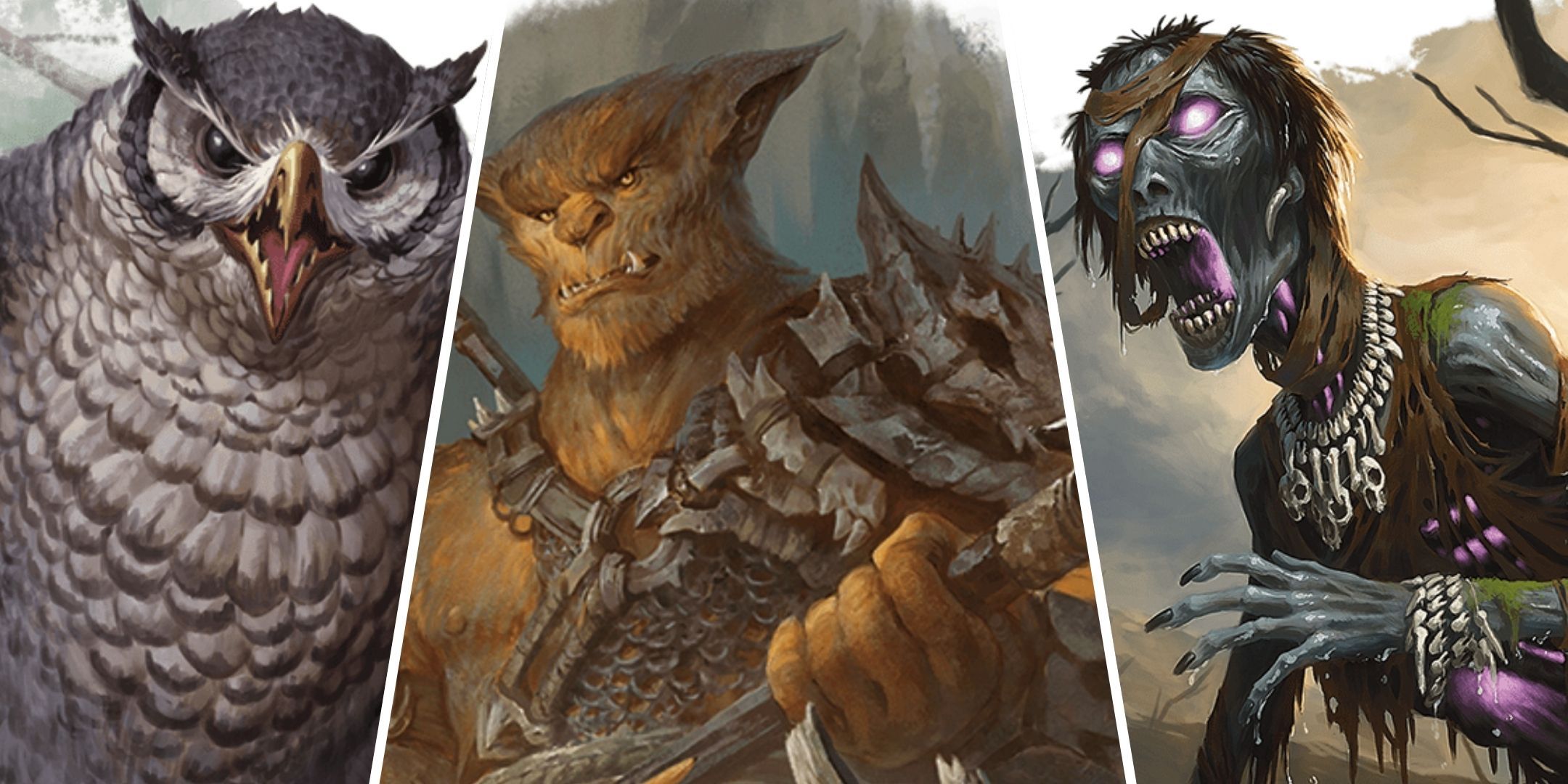
Related
Dungeons & Dragons: Monsters That Are Perfect Bosses For A Low Level Party
Dungeon Masters may want to choose some of these monsters for their players to face off against if their levels are still a bit low.
So, if you’re planning on running giants in your Dungeons & Dragons campaign, there’s a lot you’ll need to keep track of. That’s why we’ve created this list. Here are some key tips and tricks for running giants in your Dungeons & Dragons adventure.
10
Understand Type
Everybody’s Different
As mentioned, giants come in six different varieties depending on their home biome. These types affect everything about giants from personality to abilities and more. So, when it comes to picking a giant type for a combat or roleplay encounter, make sure you’re selecting the right one for the job.
Luckily, each entry on giants in the 2025 Monster Manual not only has unique stat blocks for each giant type, but it also features blurbs explaining giants’ personalities and desires in greater detail. Make sure you read them all before deciding which giant to insert into your campaign.
9
Alignment Is Important
Lawful, Chaotic, Or Neutral?
Depending on the type of giant you select for your campaign, you’ll have to roleplay different alignments. Giants, as a species, have a wide range of alignments from evil to good, with all manner of chaotic and lawful natures among them.
This is especially important when it comes to roleplaying a giant, whether in combat or social encounter. Make sure you understand what your giant type’s alignment is and how to play it. This will help make the encounter feel more grounded, as though the party is truly coming face to face with a mystical being.
8
Habitat Matters
There’s No Place Like Home
More than almost any other creature type in the 2025 Monster Manual, giants need to be placed in the proper environment to make sense. You wouldn’t necessarily find a cloud giant wandering through the Nine Hells now would you?

Related
Dungeons & Dragons: 10 Most Powerful Oozes, Ranked
The species’ voracious appetite has come in handy as a cleaning mechanism for lazy wizards, liches, and other dungeon designers.
If you’re stuck trying to figure out which giant you should use for your campaign, the first thing you should consider is biome and habitat. Where is your party currently? Where are they going in the coming games? This answer should hopefully dictate which giant type makes the most sense.
7
The Right Giant For The Right Party
Let’s Avoid A TPK
Just in the same way that giants occupy a variety of biomes and alignments, they also have a decent spread in terms of Challenge Rating. When selecting a giant for a combat encounter, make sure you’re picking one that has the proper Challenge Rating for your party, lest you incur an accidental TPK.
When crafting a combat encounter, it might seem like a hill giant or a storm giant might be roughly the same, but storm giants have innate spellcasting and other features that can really up the ante of an encounter, while hill giants are more brutish and less resistant to player attacks.
6
Roleplay Ups The Immersion
Get Into Character
As mentioned, each giant variety has different alignments, stats, environments, and more that are singular to them. When it comes to using giants, even if it’s only for a combat encounter, you’ll want to make sure you’re roleplaying them correctly so that players get a full sense of immersion.
For example, frost giants are known for being merciless plunderers. If you’re using them in a combat encounter, and a party member tries to plead for mercy, a frost giant is far less likely to oblige than a storm giant, as storm giants tend to be more good.
5
Groups And Individuals
Scale Encounters
If you have your heart set on one type of giant, but feel that the creature’s stat block is too limited in scope or weak for your party to handle, consider having the giant attack with a group. Conversely, if you’re afraid of accidentally wiping out your whole table, have a more powerful giant attack as an individual.
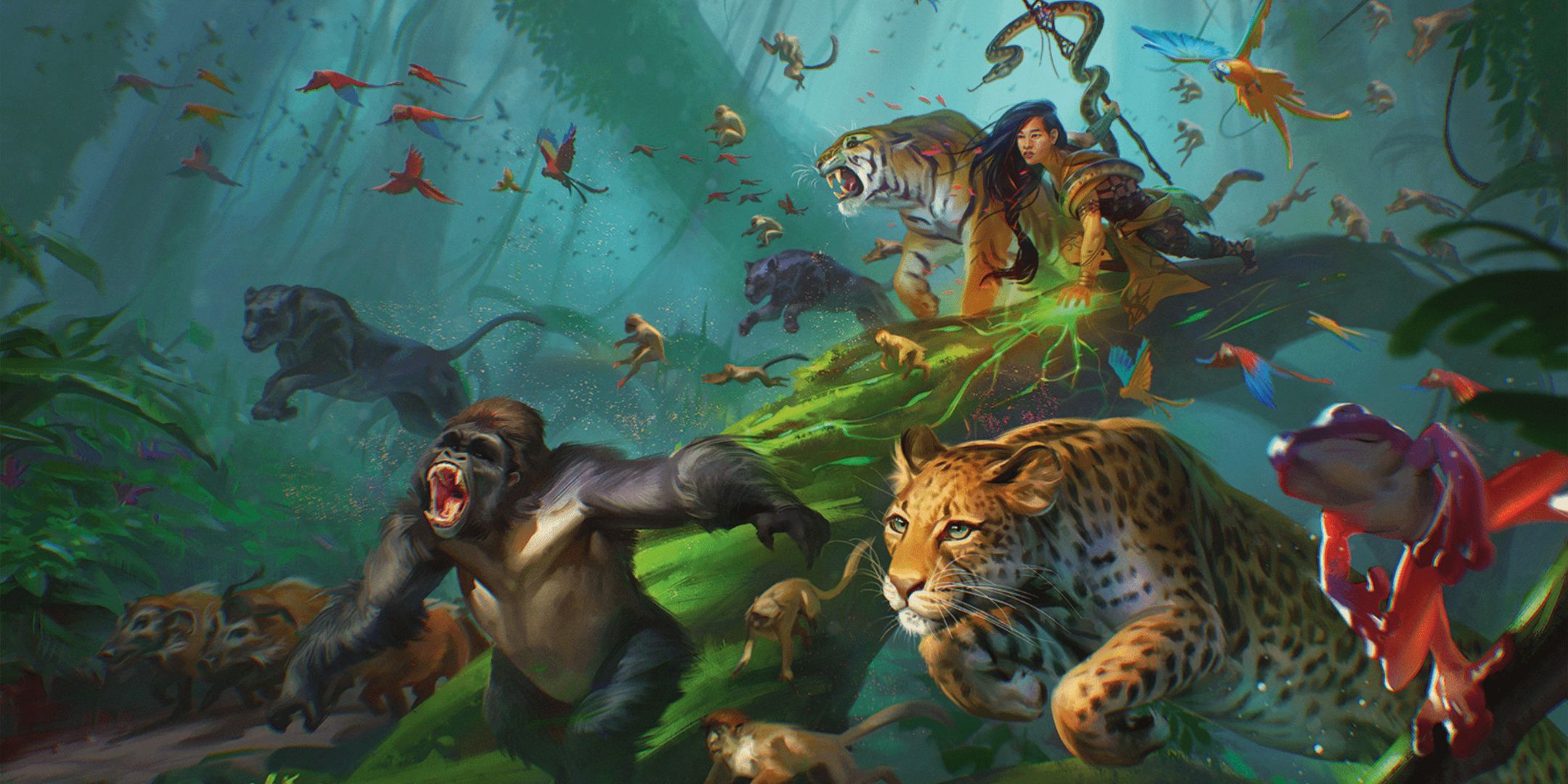
Related
Dungeons & Dragons: Most Powerful Beasts, Ranked
Dungeons & Dragons offers up a wide spread of monsters and beasts to summon and do battle against, and here are some of the most ferocious.
Using mob combat rules, you can easily scale what might be a low-level encounter with a single hill giant into a deathly battle by introducing a horde of hill giants. As mentioned before, just pay attention to the individual Challenge Rating of each creature so you know how to scale the encounter correctly.
4
It’s Not All Combat
Let’s Talk It Out
While, of course, combat is the primary way you may find yourself using giants in your campaign, some giants make for excellent social encounter situations, or can serve as arbiters of puzzles, riddles, and more.
Cloud giants are an excellent example of this. Their personalities are often characterized as lofty and influential. They typically believe they can exert their will over lower beings. If you’re interested in running a climactic social encounter, in which the party must deal with a highly intelligent being, cloud giants can make for a great option.
3
Create Specific Treasure
Take This, You’ve Earned It
Most giants in the 2025 Monster Manual have Armaments as their treasure hoard theme, meaning that should players defeat them, they should expect to find a hoard of treasure littered with magic items that are useful for battle. However, cloud giants feature arcana treasure hoards, and fire giants have a more specific flavor to their treasure.
It’s important that, when creating rewards for players, you craft specific items that make sense with the giant type you’re using. For example, if you’re using fire giants, make sure you create magical weapons of high power and craftsmanship, as fire giants are skilled smiths.
2
Intelligence Varies
It’s Not Just Dumb And Dumber
Not all giants are going to roleplay the same way, especially if you’re using these creatures for a roleplay-based encounter. Hill giants, as an example, are relatively low intelligence, and might not really be able to communicate with the players in any substantial way.

Related
Dungeons & Dragons: 10 Best Plants In The 2025 Monster Manual
Trees, and blights, and vines, oh my! These plants will have your Dungeons & Dragons party scrambling for the refuge of a city in no time.
Conversely, storm and cloud giants are highly intelligent, and are more likely to carry on full conversations with the party. Fire giants might even bargain or haggle with players, as they are expert craftsmen. Whatever giant you end up using, just make sure you have a strong idea of how to roleplay their intelligence based on stats.
1
Craft Compelling Motivations
What’s It All For?
As hinted at previously, some giant types are more prone to grander machinations, while others might just be violent by nature. A cloud giant or even a storm giant, for example, might have a larger scheme in mind when they attack the party, or be aiding and abetting a grander master.
However, hill giants are more blundering, and likely might just be attacking the party at random. Whatever the motivation is for combat or roleplay, make sure it matches the giant type you’re using, so that players feel as though they’re dealing with a fully fleshed-out monster rather than just a random encounter.
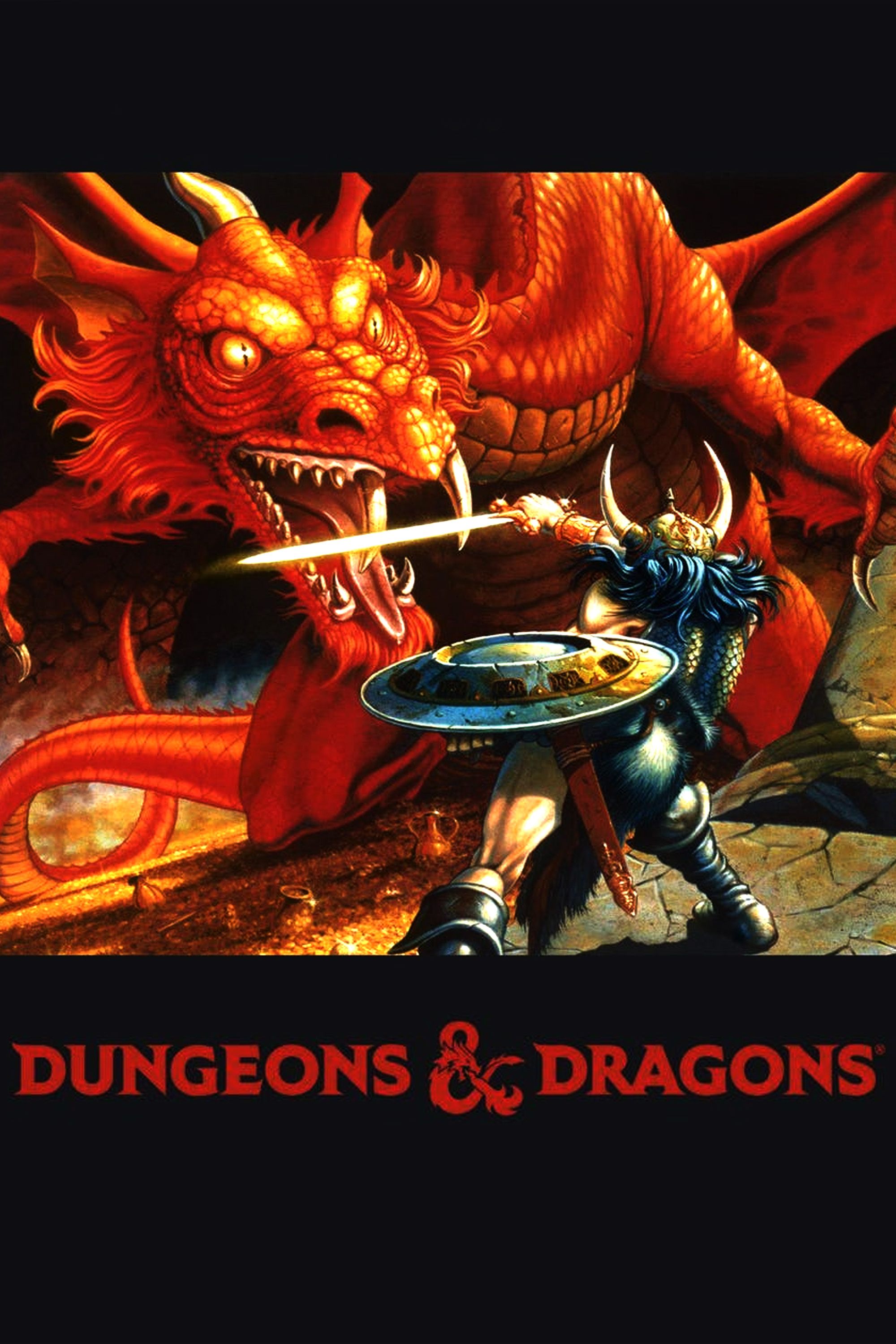
Dungeons and Dragons
- Original Release Date
-
1974
- Designer
-
E. Gary Gygax, Dave Arneson
- Player Count
-
2+

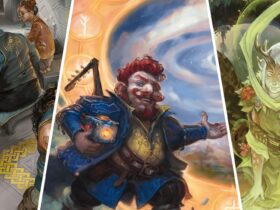
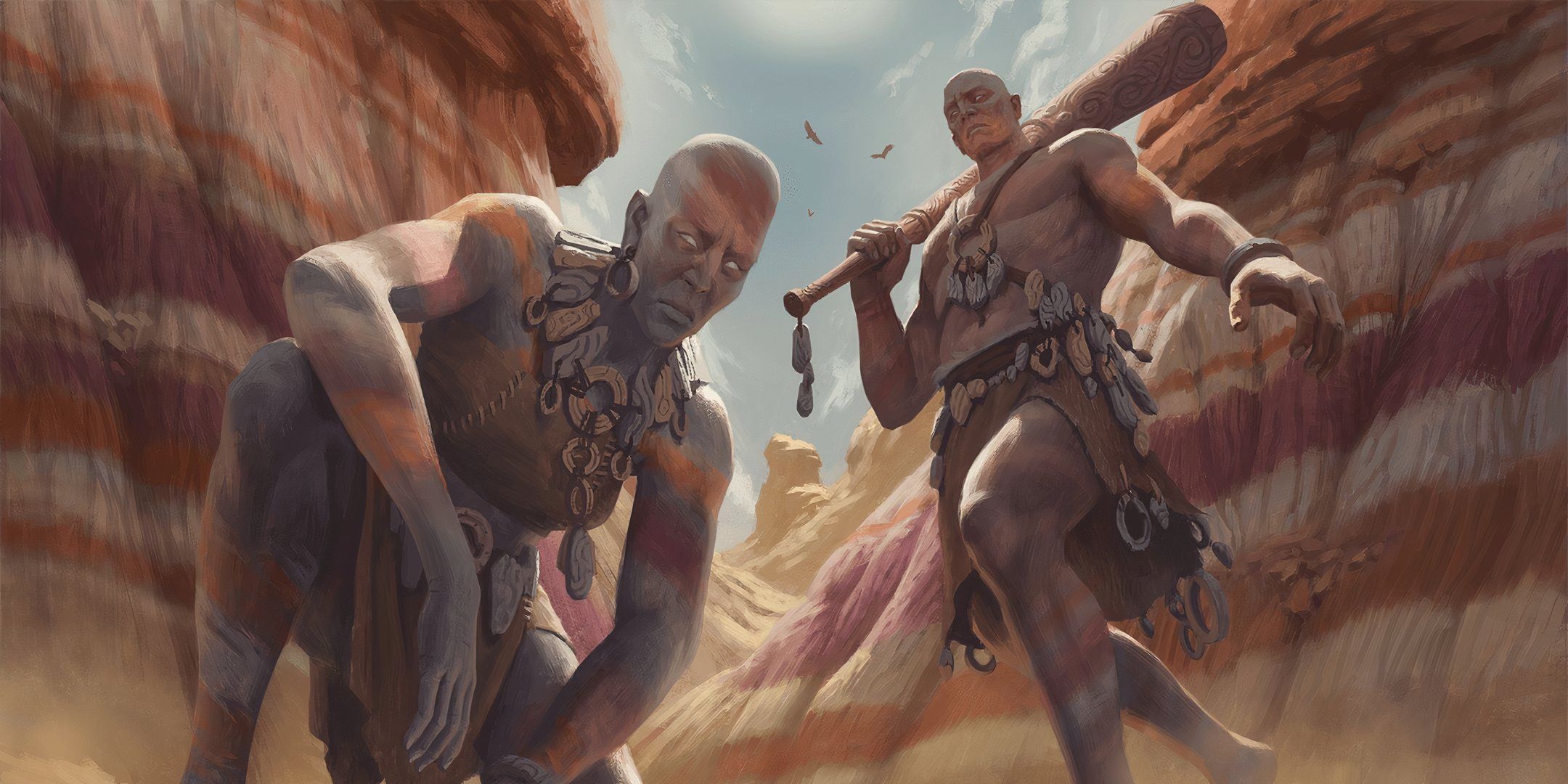
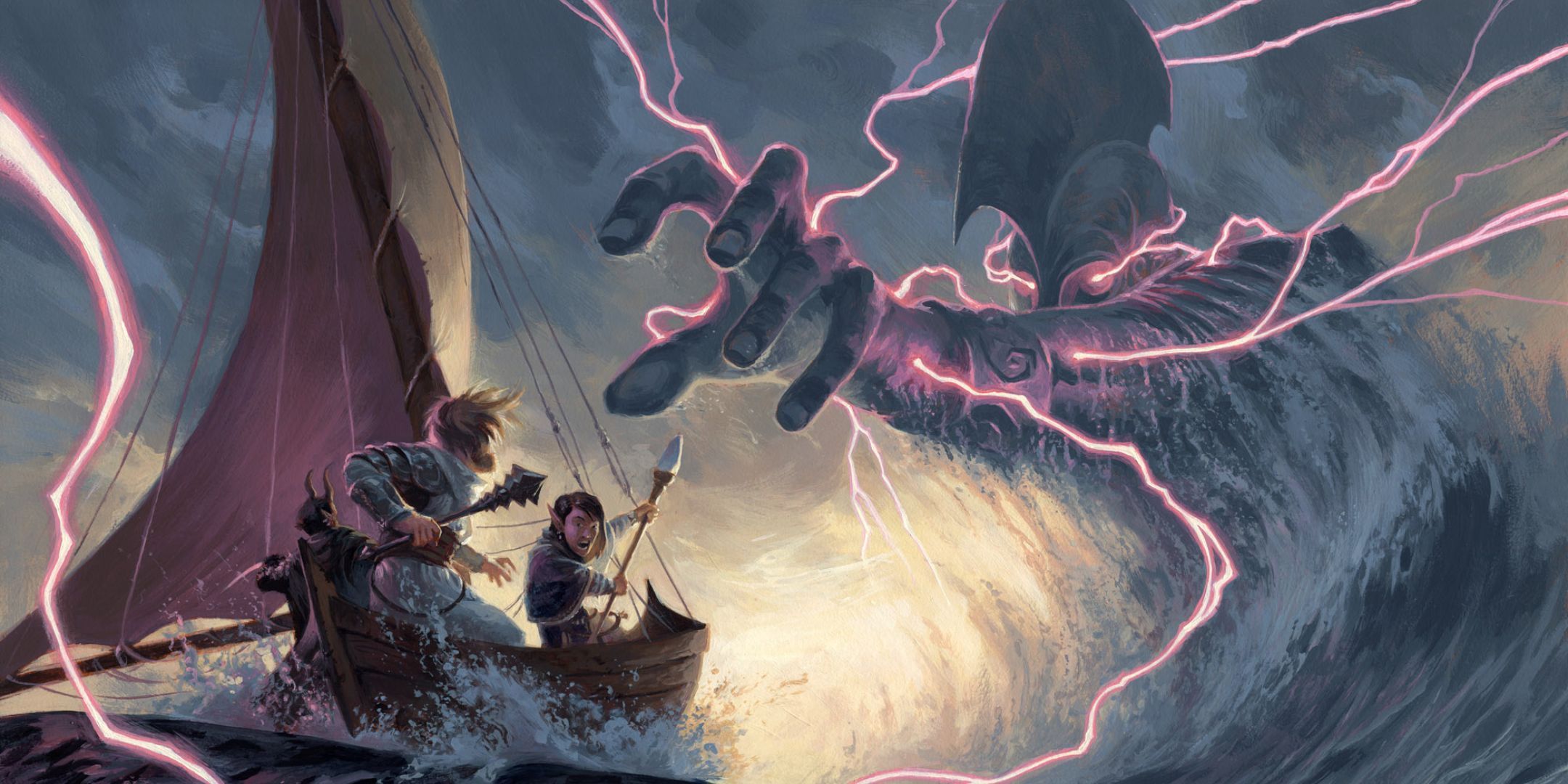

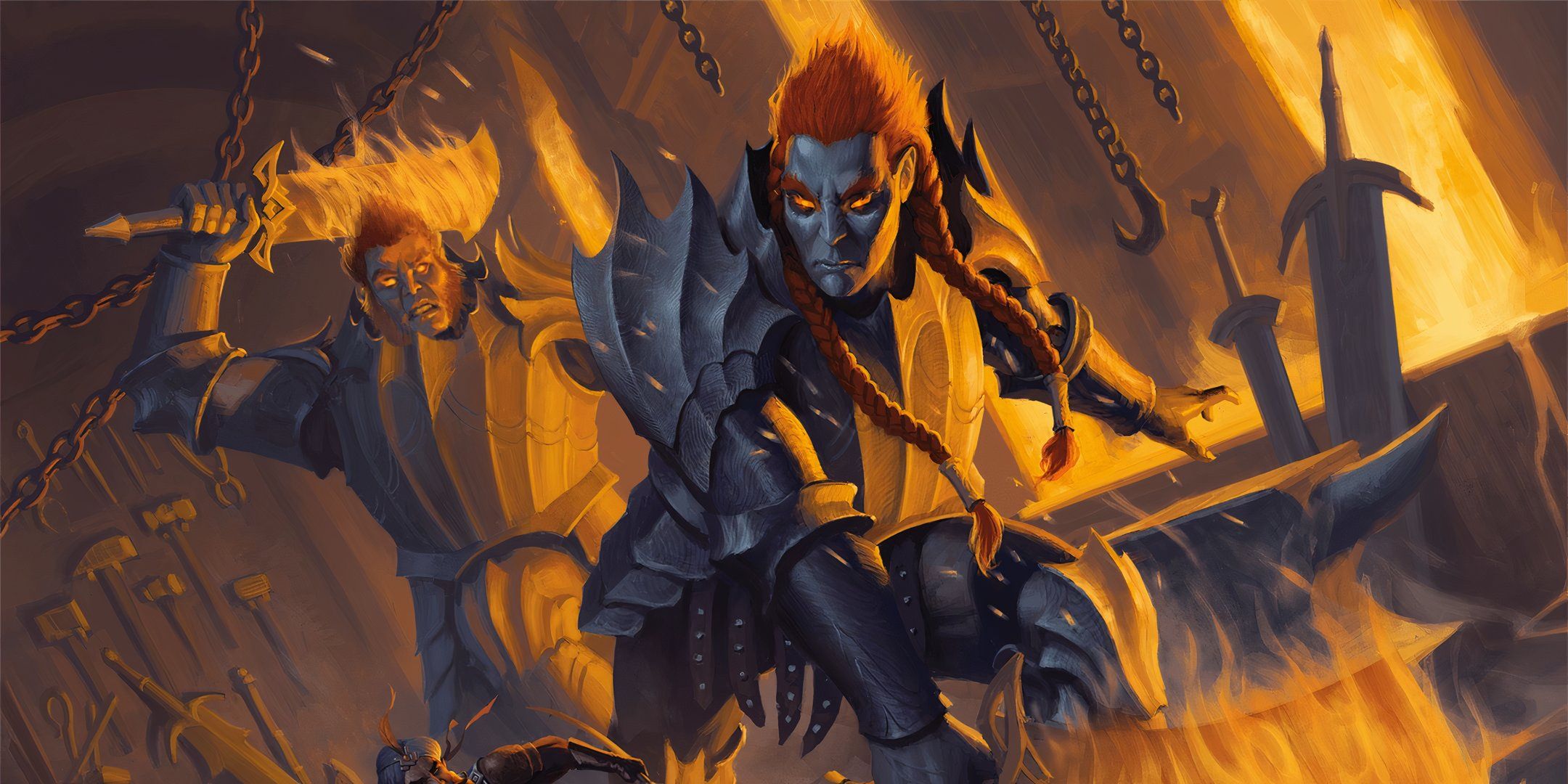
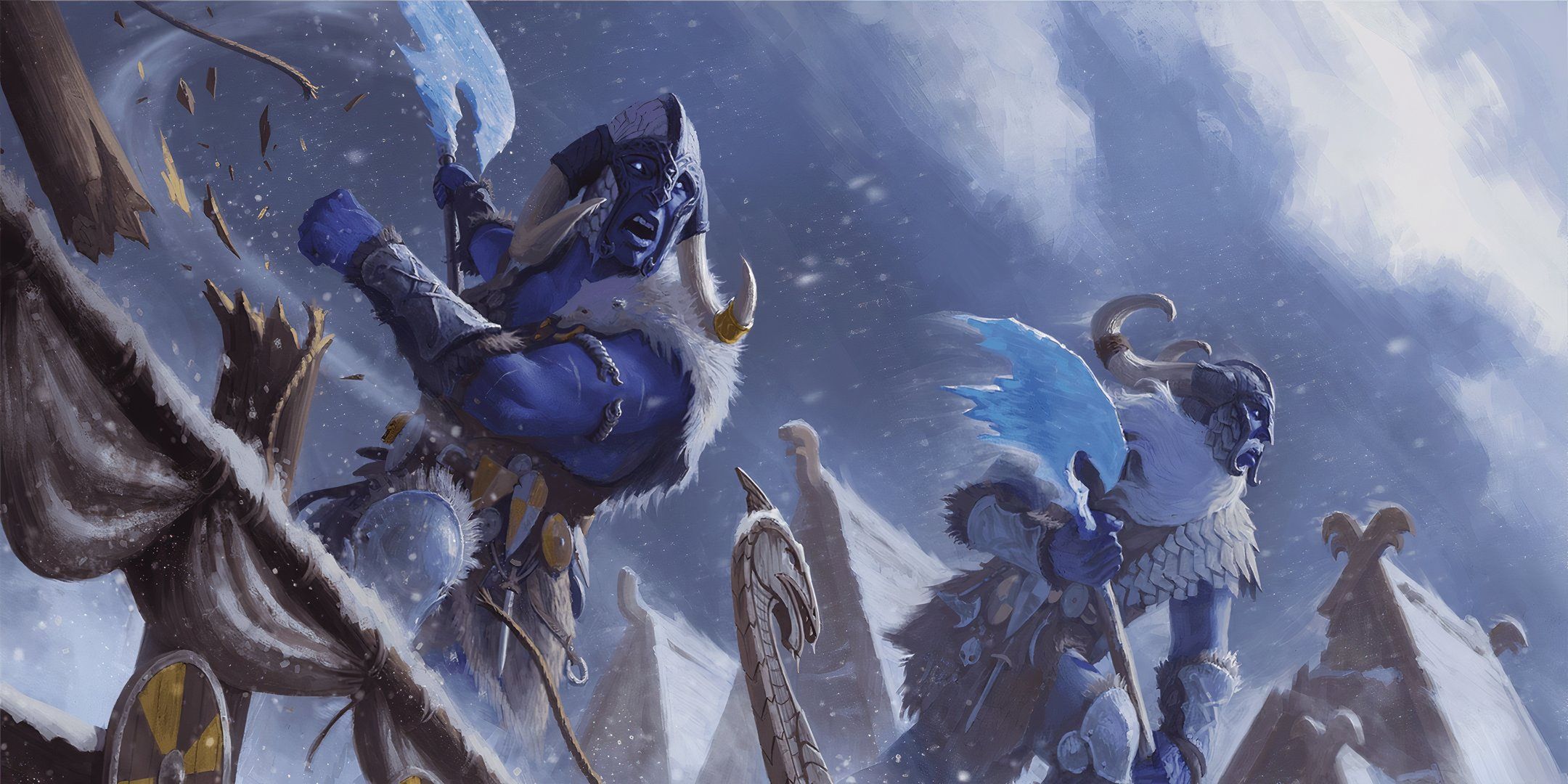

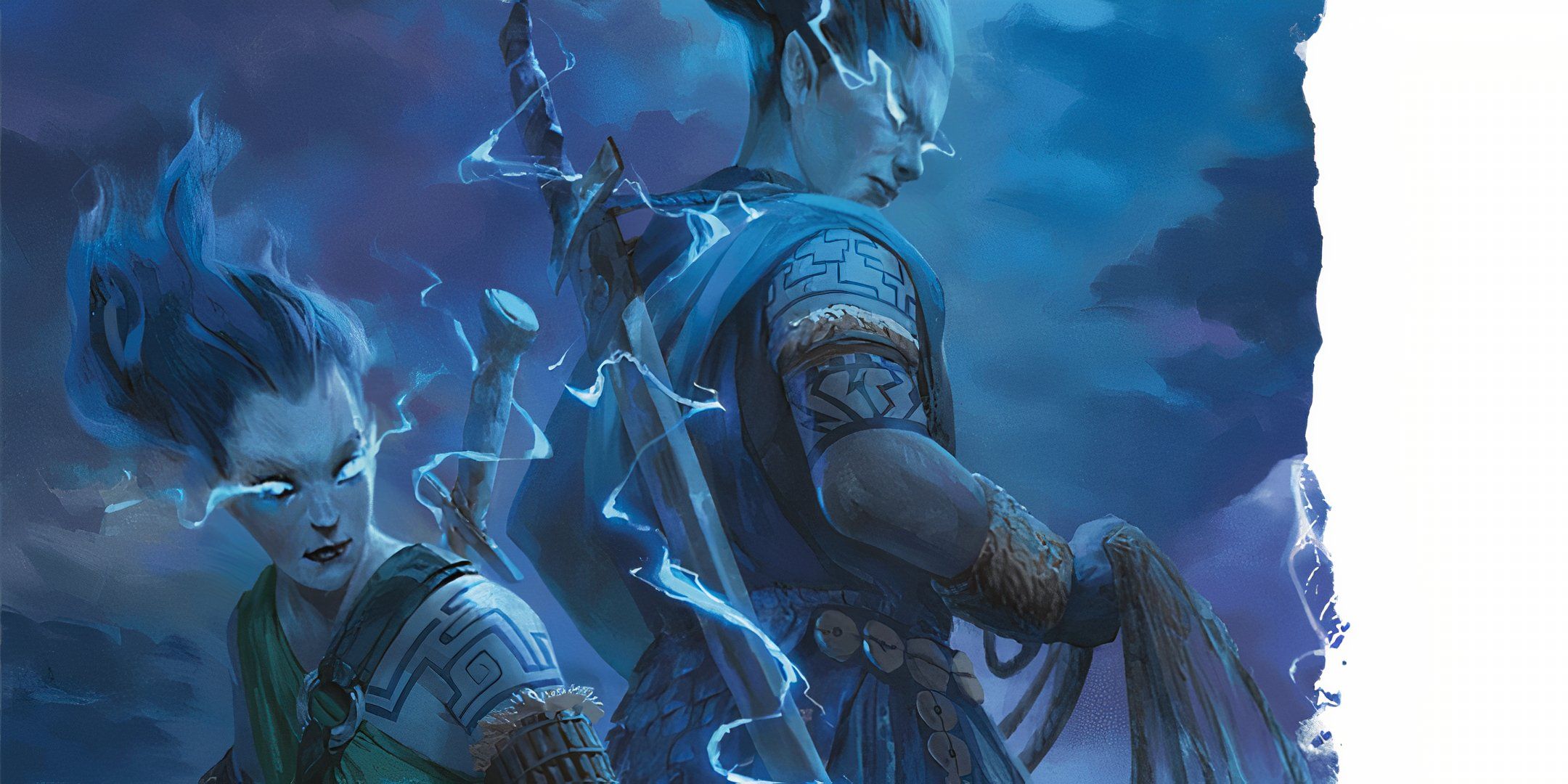


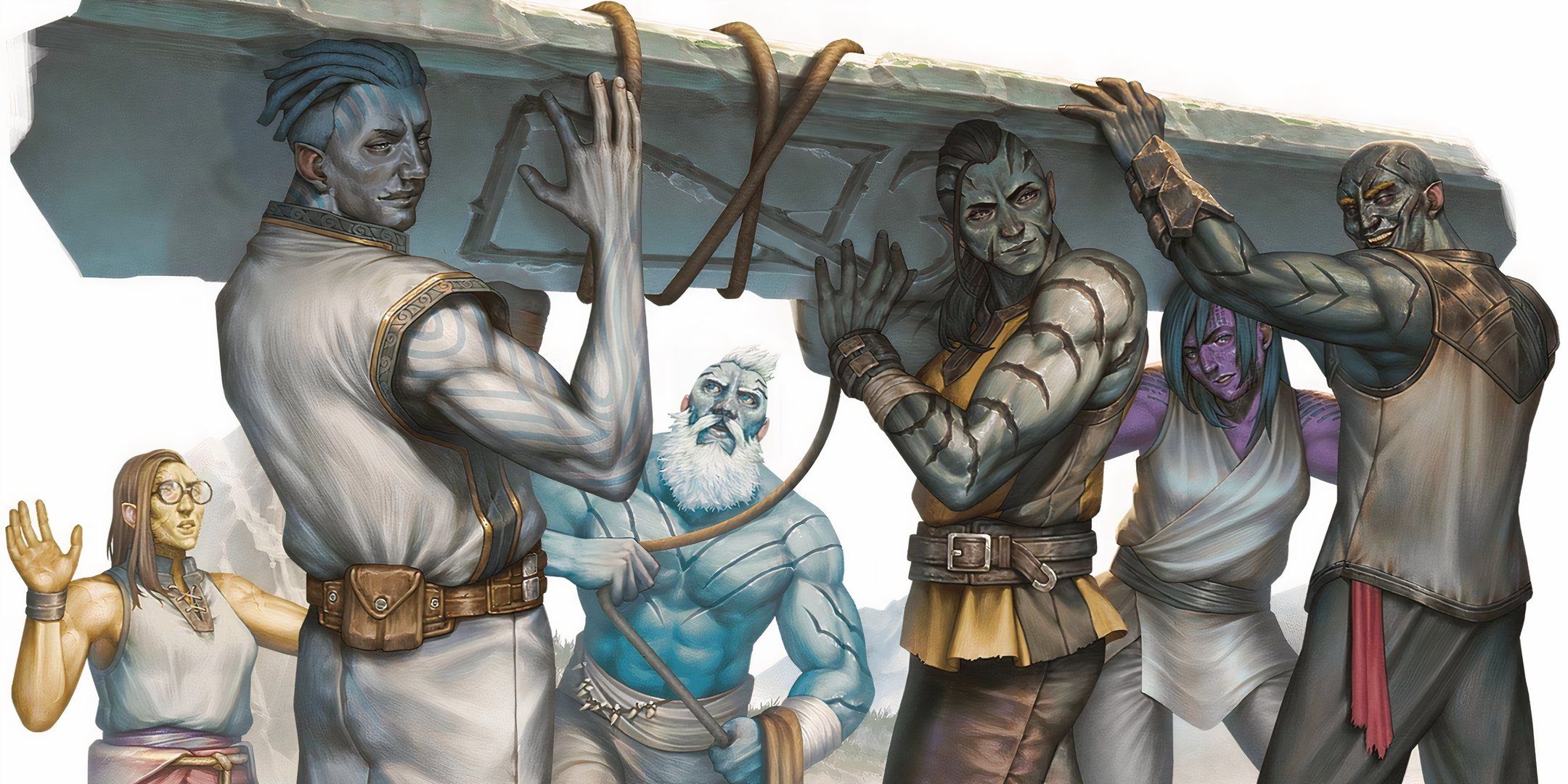

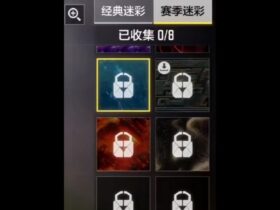


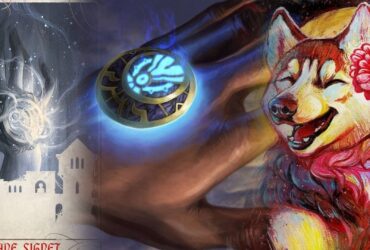

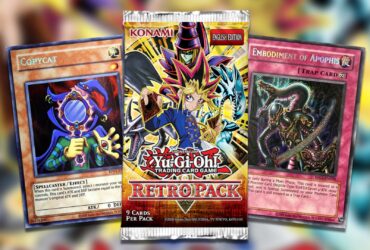


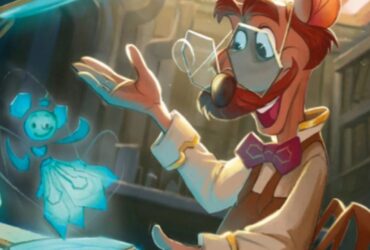
Leave a Reply